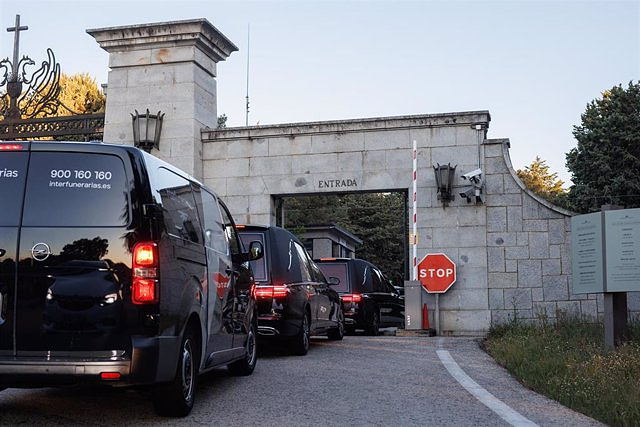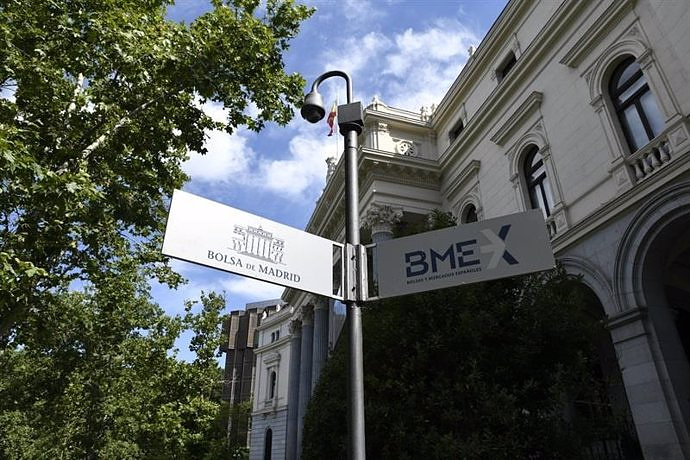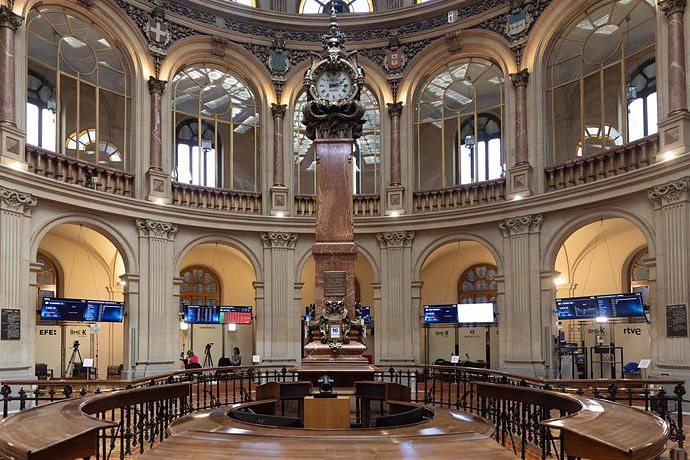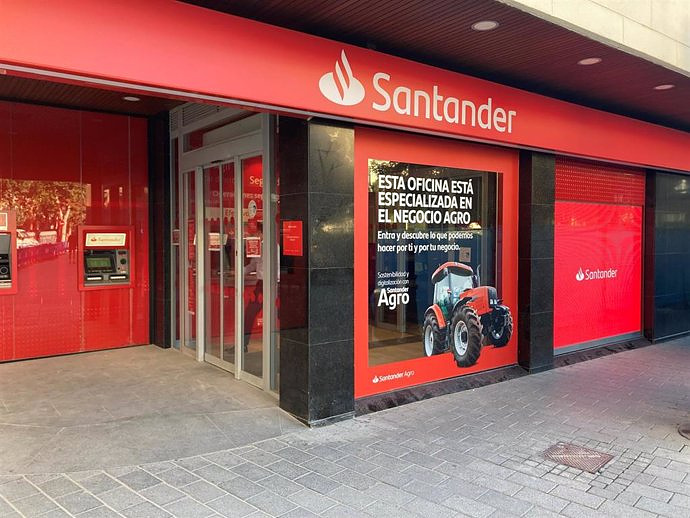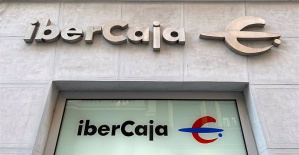They go in a hearse to the San Isidro cemetery, where the remains of several relatives are already found.
MADRID, 24 Abr. (EUROPA PRESS) -
The mortal remains of José Antonio Primo de Rivera have left this Monday from the Valley of the Fallen at approximately 12:50 in the morning, where they had remained since 1959, heading for the San Isidro cemetery, in Madrid, after an agreement between the family and the government.
A small group of Falangists waited at the exit of the Valley, receiving shouts of "Long live Spain!", "Up Spain!" and "José Antonio ¡Presente!", when the hearses with his remains left the venue in the direction of Madrid.
The exhumation work has taken place since early this Monday, with the presence of relatives and members of National Heritage and without government representatives. At least two funeral vehicles have entered the premises minutes before eight in the morning to transfer the remains.
The movement of vehicles has been continuous since early hours at the access gate to the compound, which is guarded by agents of the Civil Guard and where more than thirty journalists are located. Two protesters have come to the entrance and the agents have asked them to leave, without incident.
Now he will be transferred to the sacramental cemetery of San Isidro, where the mortal remains of several relatives of the politician rest, such as his brother Miguel Primo de Rivera and Sáenz de Heredia, who was a minister with Franco; his sister Pilar Primo de Rivera, founder of the Falange Women's Section, or his uncle Fernando Primo de Rivera y Orbaneja, brother of the dictator who died in Morocco during the Rif War.
The dictator Miguel Primo de Rivera y Orbaneja, father of José Antonio, was also buried in the compound located in the Madrid district of Carabanchel, but his remains were transferred to Jerez in 1947.
The exhumation of the founder of the Falange took place this Monday in compliance with the Democratic Memory Law, which prohibits leaders of the 1936 coup d'état, the Civil War and the Franco regime from remaining buried "in a prominent place of public access, which can encourage public acts of exaltation", according to the text approved last October.
Until this Monday, his tomb was in front of the main altar of the Basilica del Valle, next to the place where that of the dictator Francisco Franco was, until he was exhumed in October 2019 and transferred to the Mingorrubio cemetery in El Pardo.
According to the Law of Memory, Primo de Rivera could continue to be buried in the Valley, as a victim of the war - he was shot by the Republican side in November 1936 in Alicante - but not in a prominent place. In any case, his family transferred the request to remove his remains in order to fulfill the desire that the politician left written in his will, that his remains rest in a Catholic place.
"I wish to be buried according to the rite of the Catholic, Apostolic, Roman religion, which I profess, in holy ground and under the protection of the Holy Cross," says one of the clauses, according to the statement issued by the family last month of October. With the entry into force of the regulation, the Valley of the Fallen was renamed Cuelgamuros and became a civil cemetery.
This same Monday marks the 120th anniversary of the birth of Primo de Rivera, on April 24, 1903, and Falangist groups have criticized that the Government has made this date coincide with the relocation of his remains. Members of these parties are expected to gather this afternoon at the San Isidro cemetery, in the Madrid district of Carabanchel, to pay homage.
This morning several banners have appeared on bridges in Madrid in memory of the anniversary and protesting the "desecration" of his grave, according to reports from the Falangist movement.
This will be the fifth burial of the founder of the Falange, who was shot in the Alicante prison in 1936 and buried in a common grave. Two years later his mortal remains were placed in a niche, in the same place. Once the civil war ended, in 1939, he was exhumed again and taken from Alicante to El Escorial.
His coffin was carried on foot by Falangists for 10 days, passed through Aranjuez, traveled down Madrid's Gran Vía and entered the El Escorial monastery on November 30, 1939. There he was received by Franco and buried next to the main altar of the basilica.
Years later, in November 1959, it changed location again, the day before the Valley of the Fallen was inaugurated, and was buried in a place of honor in the Cuelgamuros basilica.

 Exploring Cardano: Inner Workings and Advantages of this Cryptocurrency
Exploring Cardano: Inner Workings and Advantages of this Cryptocurrency Seville.- Economy.- Innova.- STSA inaugurates its new painting and sealing hangar in San Pablo, for 18 million
Seville.- Economy.- Innova.- STSA inaugurates its new painting and sealing hangar in San Pablo, for 18 million Innova.- More than 300 volunteers join the Andalucía Compromiso Digital network in one month to facilitate access to ICT
Innova.- More than 300 volunteers join the Andalucía Compromiso Digital network in one month to facilitate access to ICT Innova.-AMP.- Ayesa acquires 51% of Sadiel, which will create new technological engineering products and expand markets
Innova.-AMP.- Ayesa acquires 51% of Sadiel, which will create new technological engineering products and expand markets Illa does not clarify whether he will agree with Junts and Aragonès and Rull face a lack of unity
Illa does not clarify whether he will agree with Junts and Aragonès and Rull face a lack of unity At least twelve Palestinians die in Israeli bombings against Rafah
At least twelve Palestinians die in Israeli bombings against Rafah Gaza War | Direct: The Israeli Army takes the Palestinian part of the Rafah crossing
Gaza War | Direct: The Israeli Army takes the Palestinian part of the Rafah crossing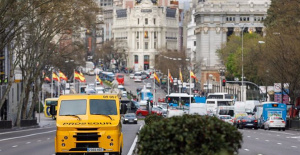 Prosegur Cash will distribute the first payment of its total dividend of 0.0404 euros on May 14
Prosegur Cash will distribute the first payment of its total dividend of 0.0404 euros on May 14 How Blockchain in being used to shape the future
How Blockchain in being used to shape the future Not just BTC and ETH: Here Are Some More Interesting Coins Worth Focusing on
Not just BTC and ETH: Here Are Some More Interesting Coins Worth Focusing on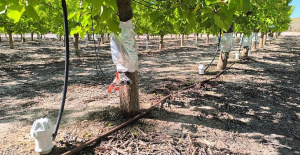 UMH researchers are working on a high-quality apricot crop that requires less irrigation water
UMH researchers are working on a high-quality apricot crop that requires less irrigation water The UPV develops an application to improve the quality of life of patients with glioblastoma
The UPV develops an application to improve the quality of life of patients with glioblastoma A sensor system obtains the fingerprint of essential oils and detects if they have been adulterated
A sensor system obtains the fingerprint of essential oils and detects if they have been adulterated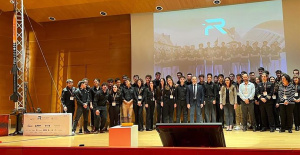 Faraday UPV presents the 'Origin' rocket to exceed 10 km of flight: "It is the beginning of the journey to space"
Faraday UPV presents the 'Origin' rocket to exceed 10 km of flight: "It is the beginning of the journey to space" A million people demonstrate in France against Macron's pension reform
A million people demonstrate in France against Macron's pension reform Russia launches several missiles against "critical infrastructure" in the city of Zaporizhia
Russia launches several missiles against "critical infrastructure" in the city of Zaporizhia A "procession" remembers the dead of the Calabria shipwreck as bodies continue to wash up on the shore
A "procession" remembers the dead of the Calabria shipwreck as bodies continue to wash up on the shore Prison sentences handed down for three prominent Hong Kong pro-democracy activists
Prison sentences handed down for three prominent Hong Kong pro-democracy activists ETH continues to leave trading platforms, Ethereum balance on exchanges lowest in 3 years
ETH continues to leave trading platforms, Ethereum balance on exchanges lowest in 3 years Investors invest $450 million in Consensys, Ethereum incubator now valued at $7 billion
Investors invest $450 million in Consensys, Ethereum incubator now valued at $7 billion Alchemy Integrates Ethereum L2 Product Starknet to Enhance Web3 Scalability at a Price 100x Lower Than L1 Fees
Alchemy Integrates Ethereum L2 Product Starknet to Enhance Web3 Scalability at a Price 100x Lower Than L1 Fees Mining Report: Bitcoin's Electricity Consumption Declines by 25% in Q1 2022
Mining Report: Bitcoin's Electricity Consumption Declines by 25% in Q1 2022 Oil-to-Bitcoin Mining Firm Crusoe Energy Systems Raised $505 Million
Oil-to-Bitcoin Mining Firm Crusoe Energy Systems Raised $505 Million Microbt reveals the latest Bitcoin mining rigs -- Machines produce up to 126 TH/s with custom 5nm chip design
Microbt reveals the latest Bitcoin mining rigs -- Machines produce up to 126 TH/s with custom 5nm chip design Bitcoin's Mining Difficulty Hits a Lifetime High, With More Than 90% of BTC Supply Issued
Bitcoin's Mining Difficulty Hits a Lifetime High, With More Than 90% of BTC Supply Issued The Biggest Movers are Near, EOS, and RUNE during Friday's Selloff
The Biggest Movers are Near, EOS, and RUNE during Friday's Selloff Global Markets Spooked by a Hawkish Fed and Covid, Stocks and Crypto Gain After Musk Buys Twitter
Global Markets Spooked by a Hawkish Fed and Covid, Stocks and Crypto Gain After Musk Buys Twitter Bitso to offset carbon emissions from the Trading Platform's ERC20, ETH, and BTC Transactions
Bitso to offset carbon emissions from the Trading Platform's ERC20, ETH, and BTC Transactions Draftkings Announces 2022 College Hoops NFT Selection for March Madness
Draftkings Announces 2022 College Hoops NFT Selection for March Madness